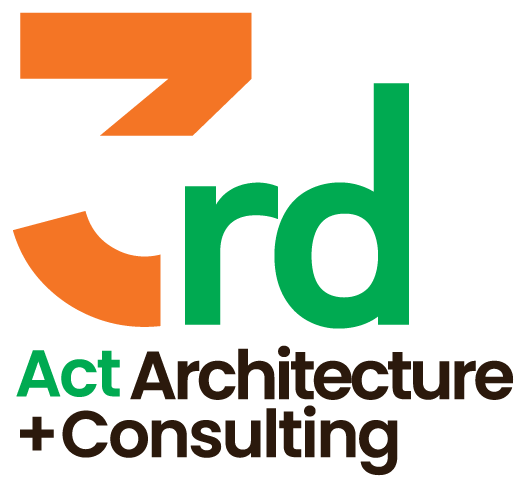Choosing the Right Team for Your CEA Project: Understanding Capabilities
- samandrasaia
- Dec 3, 2024
- 3 min read
In the CEA industry, like many others, when embarking on the process of design remember to select your team wisely. There are numerous companies/firms that can help you obtain your goals. Yet there are far more that will drag you down a rabbit hole that inevitably leaves you with mainly worthless documents and inflated bills. There are several critical components to selecting the right team. The criteria that should be evaluated includes experience, approach, resources (including in-house vs outsourced), and capabilities. In my previous articles I addressed experience, approach, and resources. This article will focus on capabilities.
CAPABILITIES.
What does it mean when we ask, what are the capabilities of a firm? It can be quantified in several different ways. A basic example is the firm’s effective use of resources to accomplish specified goals. A more specific example is the firm’s ability to take innovative action, and thereby create value, based on abilities, resources, experience, and methodologies. Thereby, the capability of a firm to address specific needs ties directly to the criteria discussed in each of the three previous articles. Let’s look at how each of these criteria play into a firm’s capabilities.
Ability.
In many ways a firm’s ability to accomplish the needs of a client tie to the firm’s experience, resources, and methodologies. The methodologies go beyond the specific approach to addressing the needs. They tie to the firm’s internal management and structure of managing resources. While a firm may possess the resources to accomplish a client’s needs success will require proper management and implementation of the resources. As previously discussed, resources can be people, software, and/or systems. The firm’s ability to share innovative ideas and solutions directly ties to the resources utilized. As an example, if a firm is asked to share their aesthetic concepts for a design it can be accomplished utilizing a variety of options, each with vastly different results. A hand-drawn rendering can illustrate a three-dimensional image of a building while a computer model provides the opportunity to view the image as a fly around. Both examples illustrate the ability to provide aesthetic images. However, the examples illustrate how resources, including people, software, and systems, define a firm’s capabilities to meet specific needs.
Resources.
Utilizing the examples above, a firm’s resources play an integral role in their ability to deliver on specified needs. A firm can possess the software, yet not have the people to operate it. Conversely, a firm can have the talent, but not the tools needed. Additionally, the depth of resources can also impact performance and thereby capabilities. Schedules are an important aspect of any client’s vision. A firm’s ability to meet the schedule ties to resources and the firm’s management of the resources.
Methodologies.
There are multiple methodologies that come into play when considering a firm’s capabilities. These relate to internal management of people and resources along with process, policies, and procedures by which a client’s needs are addressed. As noted above, a firm’s ability to meet a stipulated schedule ties to proper management of available resources. This means the firm must effectively utilize their resources, through implementation of internal policies and procedures, to properly manage resources in the delivery of projects. A firm’s ability to meet expectations requires tools to properly educate clients on the processes, policies, and procedures by which the project will be accomplished. The processes, policies, and procedures utilized are an external illustration of the firm’s experience and knowledge.
Experience.
A firm, and their individuals, experience is the foundation for project delivery meeting a client’s vision. Experience is thereby the key component of a firm’s capabilities. With experience comes defined methodologies (and approaches), proper resources, and thereby project specific abilities. The experience of a firm and the individual team members cannot be over emphasized. Experience is the difference between innovative solutions based on reality and theory. When considering the quote by Oscar Wilde, “Experience is simply the name we give our mistakes.”, one can easily understand the importance of reality vs theory.
It isn’t without reason that capabilities follow experience, resources, and approach in this series of articles. As illustrated above, a firm’s capabilities are intertwined with each of the above criteria. Over the course of my career, I’ve been involved with the development of well over one thousand projects in a variety of business sectors. Over one hundred and fifty of these are within the cannabis industry. In this same time, I’ve been able to observe many others. The difference between success and failure begins with the client. Developing a vision ensures a set of criteria that a team can build upon. Selecting a team that can delivery on the vision is equally important. I hope this series of articles shed light on what to consider when engaging a team to accomplish your vision.

Comentários